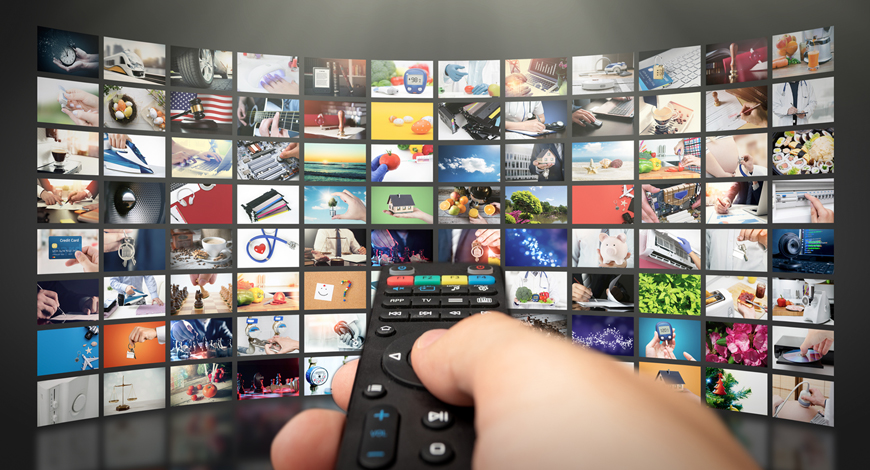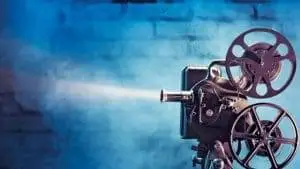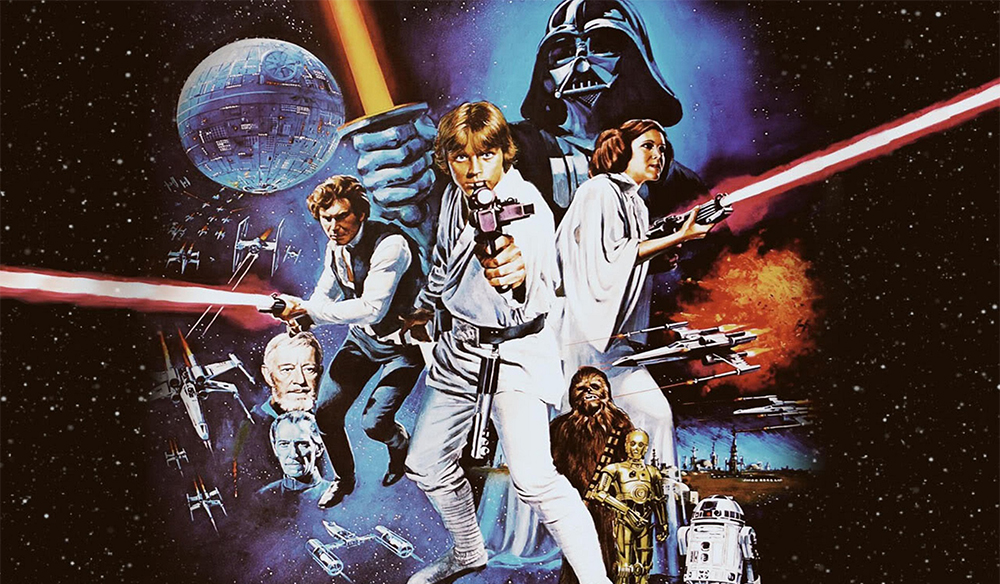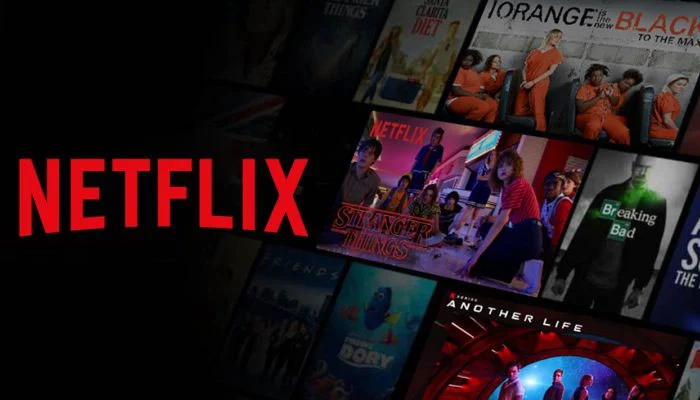How to Interpret Evolutiones Between Movies
Unlock the Secrets of Movie Evolution! Discover the Mind-Blowing Differences. Dive In Now.
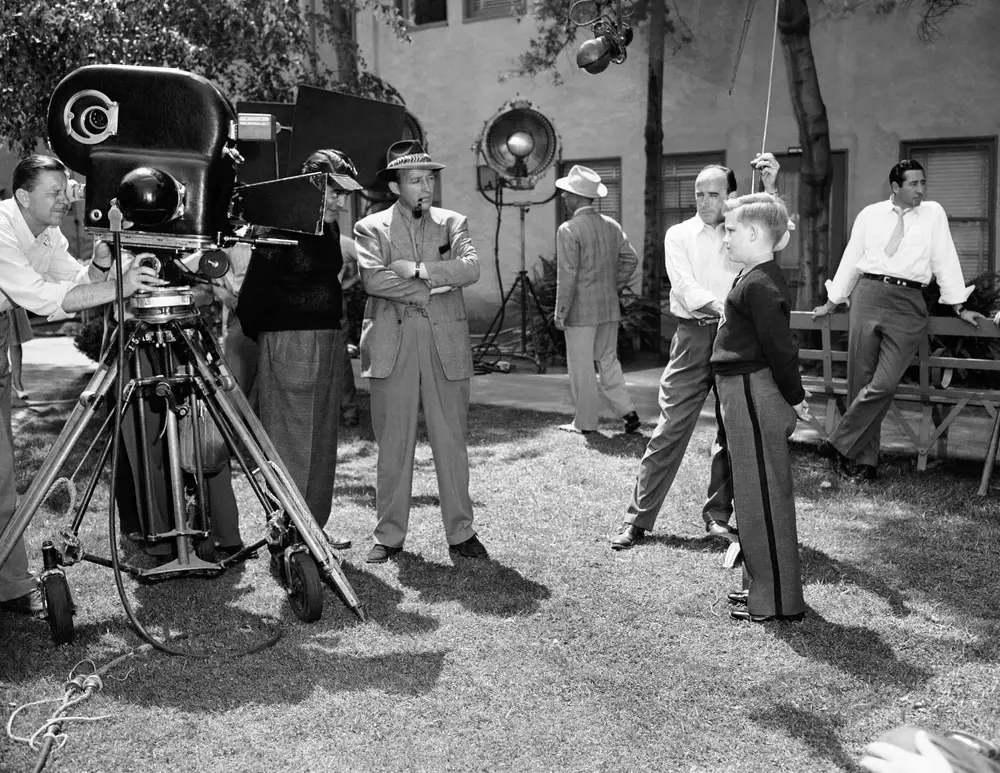
How Have Movies Evolved Over Time
Movies have been a prominent form of entertainment and art for over a century. From the silent black-and-white films of the late 19th century to the high-definition, immersive experiences of today, the evolution of movies is a testament to human creativity and technological advancement. This essay explores the remarkable journey of how movies have evolved over time, tracing the significant developments in filmmaking techniques, storytelling, technology, and their impact on culture and society.
The Birth of Cinema
The story of how movies evolved begins in the late 19th century when inventors like Thomas Edison and the Lumi?re brothers developed the first rudimentary motion picture devices. These early films were short, silent, and often consisted of everyday scenes, such as workers leaving a factory or a train arriving at a station. The novelty of moving images fascinated audiences, and it marked the birth of cinema as a medium.
The Silent Era
The silent era, which lasted until the late 1920s, was a period of rapid experimentation in filmmaking. Directors like D.W. Griffith and Sergei Eisenstein pioneered techniques such as cross-cutting and close-ups to enhance storytelling. Silent films relied heavily on visual storytelling, with actors using exaggerated gestures and expressions to convey emotions since there was no synchronized dialogue. Iconic silent films like "The Birth of a Nation" and "Metropolis" showcased the potential of cinema as an art form and a means of expression.
The Advent of Sound
The transition from silent films to "talkies" in the late 1920s revolutionized the movie industry. With the introduction of synchronized sound, movies became more immersive and engaging. The first feature-length talkie, "The Jazz Singer," marked a watershed moment in cinematic history. Audiences could now hear the actors speak, and filmmakers began experimenting with dialogue, music, and sound effects to enhance storytelling.
The Golden Age of Hollywood
The 1930s and 1940s are often regarded as the Golden Age of Hollywood. This era saw the emergence of iconic stars like Clark Gable, Bette Davis, and Marilyn Monroe. Hollywood studios, such as Warner Bros., MGM, and Paramount, produced a vast array of films, including musicals, westerns, and film noir. The studio system, with its contract actors and meticulous production processes, led to the creation of some of the most enduring classics in cinema history, such as "Gone with the Wind" and "Casablanca."
Technicolor and the Rise of Color
The 1930s also witnessed the widespread adoption of color in filmmaking. The Technicolor process allowed filmmakers to capture vibrant and lifelike colors on screen, enhancing the visual appeal of movies. Classics like "The Wizard of Oz" and "Gone with the Wind" used color to create unforgettable cinematic experiences. The use of color became an essential tool for storytelling and mood enhancement.
The Influence of World War II
World War II had a profound impact on the evolution of movies. During the war, Hollywood produced patriotic films that reflected the mood of the nation. The war also led to the emergence of the documentary genre, with films like "Why We Fight" by Frank Capra providing important propaganda and educational content. After the war, movies began to address more complex themes, including the psychological effects of combat and the challenges of returning veterans, as seen in films like "The Best Years of Our Lives."
The Age of Television
The 1950s saw the rise of television as a competitor to the movie industry. With the convenience of watching shows at home, movie attendance declined, leading Hollywood studios to innovate. This period witnessed the advent of widescreen formats like CinemaScope and 3D technology, aimed at providing audiences with experiences they couldn't get on television. Epic films like "Ben-Hur" and "The Ten Commandments" utilized these technologies to create visually stunning spectacles.
?New Waves and Independent Cinema
The 1960s and 1970s brought significant changes to the movie industry. The emergence of New Wave movements in various countries, such as the French New Wave and the American New Hollywood, challenged traditional filmmaking conventions. Directors like Fran?ois Truffaut and Martin Scorsese brought a more personal and innovative approach to storytelling. Independent cinema also gained prominence, with filmmakers like John Cassavetes and Jim Jarmusch exploring unconventional narratives and themes.
The Blockbuster Era
The late 1970s and 1980s marked the beginning of the blockbuster era. Movies like "Star Wars," "Jaws," and "E.T. the Extra-Terrestrial" redefined the concept of the summer blockbuster, with high budgets, special effects, and extensive marketing campaigns. These films not only dominated the box office but also laid the foundation for the modern franchise-driven Hollywood model.
The Digital Revolution
The 1990s and 2000s witnessed the transition from analog to digital filmmaking. Advancements in computer-generated imagery (CGI) allowed filmmakers to create stunning visual effects and imaginary worlds. Movies like "Jurassic Park" and "The Matrix" showcased the potential of CGI in storytelling. Additionally, the advent of digital cameras and editing software democratized filmmaking, enabling independent filmmakers to produce high-quality films at a lower cost.
Streaming and the Digital Age
The 21st century brought about a seismic shift in how movies are produced and consumed. The rise of streaming platforms like Netflix, Amazon Prime, and Disney+ disrupted the traditional distribution model. Audiences now have access to a vast library of films from the comfort of their homes, challenging the dominance of theaters. Streaming platforms also led to the resurgence of serialized storytelling, with original series and miniseries gaining popularity.
?Diversity and Inclusivity
In recent years, there has been a growing emphasis on diversity and inclusivity in the film industry. Movements like #OscarsSoWhite and #MeToo have called attention to issues of representation and gender equality in Hollywood. Filmmakers and studios are increasingly recognizing the importance of telling stories from diverse perspectives and addressing social and cultural issues.
The Impact of Technology
The evolution of movies has been closely intertwined with technological advancements. High-definition and 4K resolutions, along with cutting-edge sound systems, have enhanced the cinematic experience. Virtual reality (VR) and augmented reality (AR) technologies are pushing the boundaries of immersive storytelling, allowing audiences to become active participants in the narrative.
Movies have come a long way since their inception in the late 19th century. From the silent black-and-white films of the early days to the immersive, technologically advanced experiences of today, the evolution of movies reflects the creativity and adaptability of filmmakers and the industry as a whole. The art of storytelling, the use of technology, and the social and cultural impact of movies continue to evolve, promising an exciting future for this ever-evolving medium. As we look back at the journey of cinema, we can appreciate how movies have not only entertained us but also shaped our understanding of the world and our place in it.
What's Your Reaction?








